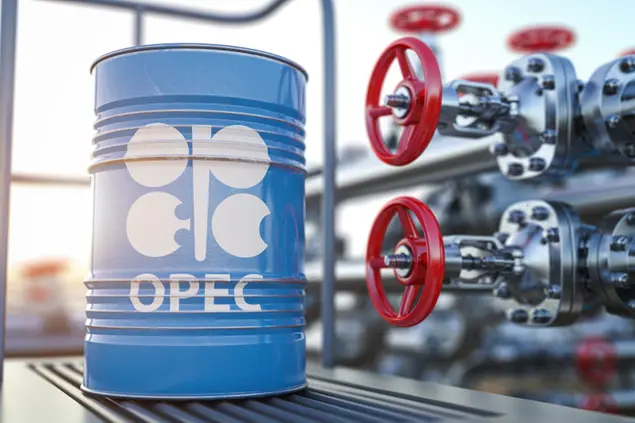PHOTO
The current concern is the excess supply of crude oil in the market, with some potential volume appearing very soon, possibly at the OPEC+ meeting in the first week of June. So far, two countries have not fully adhered to the OPEC+ agreement. The United Arab Emirates (UAE) is awaiting the meeting in order to ask for official approval of its crude oil volume which could reach five million barrels per day, although it could easily produce four million barrels.
The growth in demand for oil is not as anticipated and is lower by 200,000 barrels per day, with inflation still not receding; while China’s situation is uncertain, so there is no bright growth expected for the time being. Today, oil prices are at $82 to $83 per barrel for Brent crude and $79 for American oil; whereas oil producers are seeking something closer to $95 per barrel to balance their fiscal budget. So, another challenge is that they are facing two challenges at the same time — reducing production and receiving lower income.
This is contradictory to the basic principle of reducing oil for the sake of higher income. It is difficult to envisage the worst scenario of lower production and lower revenues. Some members are keen on raising production, while others do not fully adhere to the basic concept of quota restriction. How can OPEC+ get itself out of this unique situation, with all its members having excess oil production capacity; while the oil markets are not responding to OPEC+ actions? Since other oil producers are free to produce and maximize their production without any restriction, they are simply free to produce and generate returns for their shareholders; protracted by OPEC+ restrictions and quotas.
On the other hand, the new volumes of oil available from the US and Brazil are causing some discomfort for Arab Gulf producers, as these two producers are selling their oil to India, for instance. This may not be a threat at the moment, but it could become one in the future if Arab Gulf producers start pricing their oil higher in Asian markets. Again, the volume is not that great, but it is a clear warning to OPEC+ Arabian Gulf producers. The upcoming OPEC+ meeting next month will not be an easy one, with long meetings and discussions, as some members are insisting on higher crude oil throughput. The organization is not in the mood for disagreements, because the new producers and the USA are at their throats. These new producers are free from price or volume restrictions. Certainly, future oil prices do not look positive for the coming months, as there is ample supply.
Arab Times | © Copyright 2024, All Rights Reserved Provided by SyndiGate Media Inc. (Syndigate.info).
